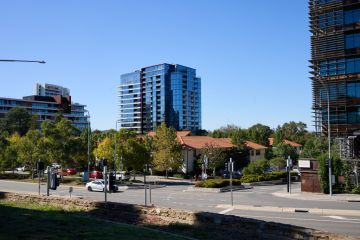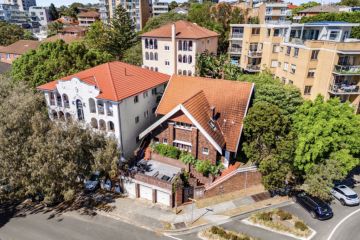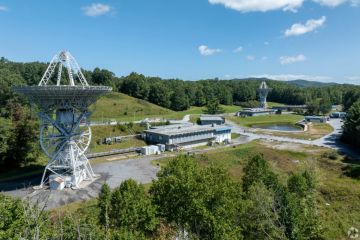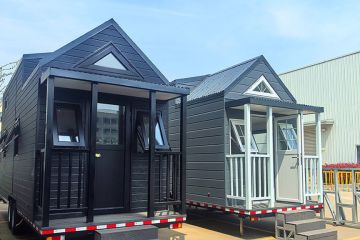Tony Trobe: Critical Regionalism can help to give Canberra a unique identity
Normal
0
false
false
false
EN-AU
JA
AR-SA
/* Style Definitions */
table.MsoNormalTable
{mso-style-name:”Table Normal”;
mso-tstyle-rowband-size:0;
mso-tstyle-colband-size:0;
mso-style-noshow:yes;
mso-style-priority:99;
mso-style-parent:””;
mso-padding-alt:0cm 5.4pt 0cm 5.4pt;
mso-para-margin-top:0cm;
mso-para-margin-right:0cm;
mso-para-margin-bottom:10.0pt;
mso-para-margin-left:0cm;
line-height:115%;
mso-pagination:widow-orphan;
font-size:11.0pt;
font-family:Calibri;
mso-ascii-font-family:Calibri;
mso-ascii-theme-font:minor-latin;
mso-hansi-font-family:Calibri;
mso-hansi-theme-font:minor-latin;}
This week Tony Trobe talks to PhD student Rahmatollah Amirjani as part of an occasional series with architecture students at the University of Canberra who have written manifestos as part of research into contemporary architects. The manifestos were exhibited during the recent Design Canberra festival.
TT: In your manifesto, you claim “modern architecture has trampled on local cultures, traditions and users’ social needs”. How did this happen?
RA: Modern architecture is generally understood as a movement that emerged in the first half of the 20th century. Modern architects used the latest construction technologies including steel, reinforced concrete and glass contributing to our current perspective and techniques of architecture. The problem started when the pioneers of this movement presented their unadorned architecture as an international style with the potential to be applied all over the world. This allegedly “international architecture” was exported and a large number of countries used it in order to respond to the shortage of housing crisis without consideration of local culture, tradition, environment or national identity. It created a deep sense of disorientation and lack of belonging and identity among local communities, especially in countries with a rooted historical background.
TT: You mentioned that Critical Regionalism attempts to stand against modern architecture and revive local values. How does this critical practice work?
RA: Critical Regionalism is a design procedure that aims to mediate between the language of modern architecture, the local culture of building and the capitalist system. It tries to combine aspects of modernist techniques with traditional architecture and local historical values. This design practice also considers the topography and seeks to present a more tactile and crafted architecture rather than an architecture primarily of visual or abstract forms. So the result is a hybrid architecture that creates a sense of belonging and identity for users.
TT: You looked at the work of Portuguese architect Alvaro Siza How does he apply this critical approach in his design procedure?
RA: Alvaro Siza has a unique and fascinating design practice. For instance, in a social housing project in Evora, a former Roman city in Portugal, Siza started to draw his design ideas with the consideration of pre-existing Roman elements, Evora traditional architecture, and modernism design features. In order to design the facades for the houses, Siza used the white and orange colours as the Evora traditional architecture characteristics and mixed them with a modern design style. He also used the Roman Aqueduct form and combined it with a concrete modern structure to transfer fresh water for the houses. Therefore, the outcome of his work is a new architectural experience that is not attributed to the past or present.
TT: Do you think that Critical Regionalism should be considered by architects in Canberra?
RA: I think so. Many critics claim that Canberra does not have a powerful and unique identity in architecture as a young capital. However, my feeling is that architects should continue the current modern movement because this is forming the collective character and identity of Canberra as an exclusive modern city. Nevertheless, this city has the magnificent heritage of Aboriginal art and culture, and Canberra itself has a number of distinctive architectural works and landmarks. Designers should employ and take advantage of these values. I strongly believe that through Critical Regionalism, Canberra can represent more of a unique identity for the future.
Tony Trobe is director of the local practice TT Architecture. Is there a planning or design issue in Canberra you’d like to discuss? Email tonytrobe@ttarchitecture.com.au
We recommend
We thought you might like
States
Capital Cities
Capital Cities - Rentals
Popular Areas
Allhomes
More







